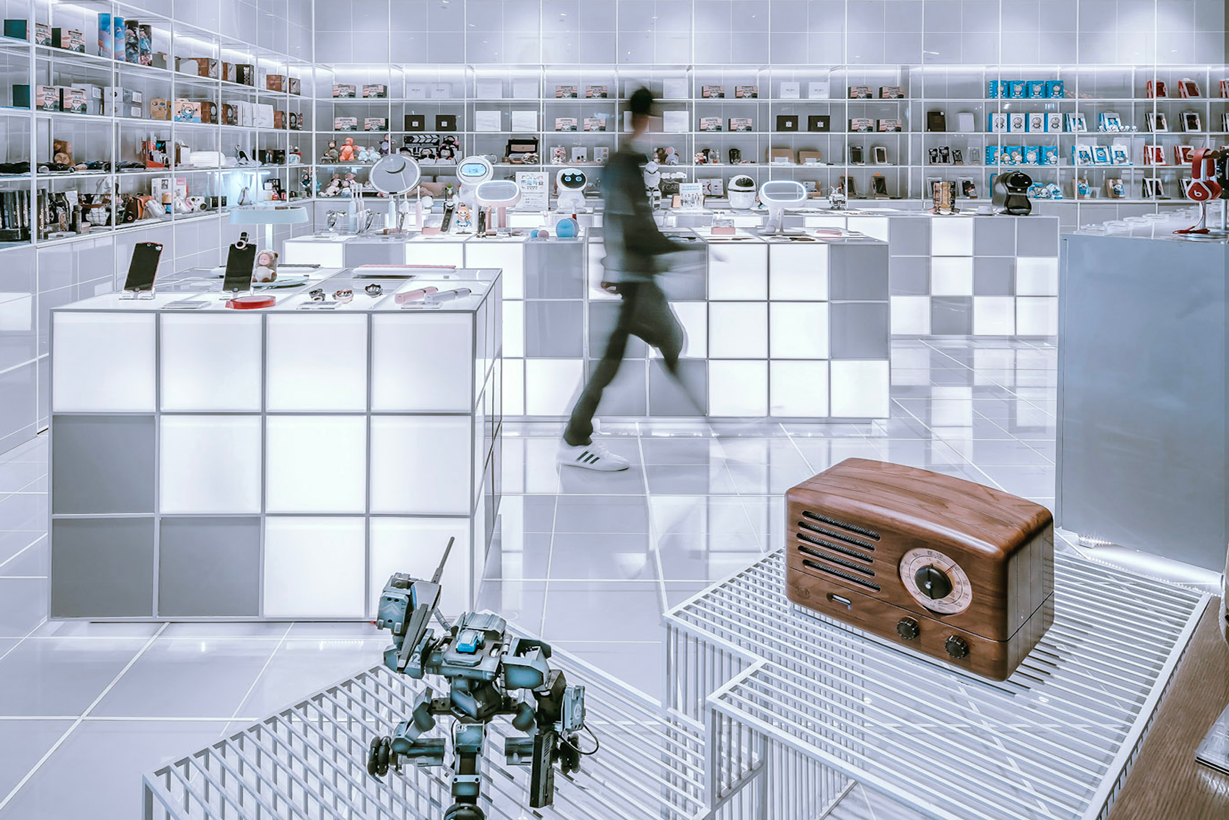Most people, regardless of where they come from, hold a couple of universal morals. Protect your family. Tell the truth. Another includes the prohibition of theft. Throughout time, humans fought against it to protect themselves and help their families survive.
Since stealing is somewhat ingrained in our nature, it still serves as a prominent issue. Yet, with the rise of technology, retail security management systems make inventory loss increasingly more difficult to achieve.
Past Retail Security Threats
In 2019, on average, retailers reported 560 employee theft apprehensions and 689 shoplifting apprehensions, with monetary losses netted at $580. While those numbers may not seem too terrible, these instances consist of reported cases. Unfortunately, they don’t account for all shoplifting circumstances.
For every instance of theft, a shoplifter gets caught about 2% of the time. That’s one of 48 cases of theft. In total, retailer losses equaled about $62 billion during 2019 alone.
Yet now, more than ever, retailers have the option to fight theft head-on. The future of retail security management can transform the industry with its tech innovations. As tech becomes more sophisticated, computers decrease in size. IT pioneers can easily embed smart technology into more common items. With the revolutionary rollouts of IT trends such as the Internet of Things (IoT), artificial intelligence, automation, and theft-proof data, retail store security procedures have become more sophisticated and less costly.
Top Retail Security Trends
Radiofrequency Identification (RFID)
In the past, retailers used barcode scanners to manage inventory by doing regular stock counts. Employees would manually scan through inventory so that the system could identify any discrepancies between items purchased and for sale. However, even with this type of retail security management, regular stock counts remained tedious and required employees to take time out of their day.
Radiofrequency identification (RFID) makes this process a lot easier through radio waves and automation. RFID uses passive wireless technology to identify a tagged item. A reader sends out a signal and receives another in response. It thus communicates its location and whether or not someone purchased it. Although not a revolutionary concept, what makes RFID unique is its size. A microchip as small as a grain of rice can store large amounts of merchandise information.
Surprisingly, this tech existed since the 1970s but not without a significant investment. Most retailers could not afford it. However, as time passes and tech continues to take over, the price of smart technology decreases.
Point of Sale (POS) System
Don’t let the tech talk fool you. Although automation keeps increasing, so does the growing need for labor. Retailers would still be nothing without their employees. From cashiers to store managers, we have a long way to go before we automate labor.
Nonetheless, employee theft is still an issue. Employees account for over 40% of all inventory loss, according to recent research. By applying a point of sale (POS) system, retailers can select upper-level employees to edit data with user permission roles.
Even with loyal employees and hardwired user permissions, shoppers still account for the majority of inventory loss. Traditional POS systems force employees to remain stationary. However, with a mobile POS system, staff can monitor the store from almost any location. The extra set of eyes makes it a lot more difficult to sneak out items in store blind spots.
Smart Display System
Many retailers are familiar with anti-theft devices that tether products, namely expensive items, down. Other types of traditional retail security management systems involve tags. Once the customer purchases the product, a cashier removes it at the register. Many of these methods are beginning to become outdated and negatively affect the aesthetic appeal of the store.
A newer smart display system allows items to be openly displayed instead of locked. When shoppers pick up items, the system becomes alert, expecting the item to be put down. Once time passes and the item or items do not return to their spot, a guard or manager receives a notification. Furthermore, retailers can configure these systems to include an alarm.
Theft Digital Signage
Retail digital signage bridges the gap among advertising channels and effectively connects the online with the offline to provide customers with a unified message. By integrating a smart display system into their store, retailers can also implement visual anti-theft messaging.
Many retailers have a single sign that reads something to the effect of, “Smile! You’re on camera.” Yet, with digital signage, they can better capture the shopper’s attention and get creative.
They can show live video footage to remind customers the store monitors all activity. In addition, they can film a hypothetical scenario on their protocol once the system catches someone. Regardless of how they choose to communicate it, digital signage can engage shoppers with anti-theft messaging.
Video analytics
At this point, video surveillance serves as a no-brainer. Implementing video analytics, though, assesses and detects suspicious activity in real-time. For example, this software can see anything from someone spending an unusual amount of time in the store or concealing goods. Once the system detects the activity, it can also send alerts to whomever it concerns.
In addition to monitoring in real-time, retailers can pair the tech with the POS system. This can also monitor employee activity to help mitigate financial losses at the register or elsewhere.
Plus, store owners can also install facial recognition to their retail security management systems. This tech compares the features of shoppers to a database of known shoplifters. A store manager or a guard receives a notification if a known shoplifter enters the store. At that point, upper management can keep a closer eye on the individual or ask them to leave. The video software can also detect repeat visits to multiple locations.
Anti-Push Out System
Many times, carts loaded with merchandise leave stores unnoticed. Coined as the “push-out” scam, this strategy works well due to its ordinary appearance; managers have no reason to raise red flags when people put items in shopping carts. Individuals will either skip paying and “push” the cart out of the store or deliberately skip paying for certain items while checking out.
An anti-push system consists of installing underground wires that control the locks on shopping carts’ wheels. That way, when the system senses unpaid items crossing a perimeter, the wheels automatically lock. The perimeter can be anywhere, such as at the cash register or the opening of the store. Furthermore, retailers can install an additional border around the store’s grounds, so the shopping cart itself is not stolen.
Lock Down Retail Store Security with Worldlink
The future of anti-theft technology holds an affordable realm of possibilities making it difficult to steal products. Chips embedded in merchandise can store high volumes of data, helping implement different retail security management systems. Anti-theft software can do anything from identifying previous perpetrators to raising the alarm on suspicious activity. Furthermore, RFID technology can prevent inventory loss and eliminate wait times, providing a better customer experience.
As long as the urge to steal remains ingrained in human nature, retailers must always devise ways to prevent theft. Investing in top retail security trends not only prevents inventory loss but also keeps your annual sales intact. Worldlink Integration Group can install modern security solutions for today’s loss prevention challenges. So let’s lock down your store with the latest security so you can keep up your profit.
Contact us to learn more, or give us a call at (949) 861-2830.



